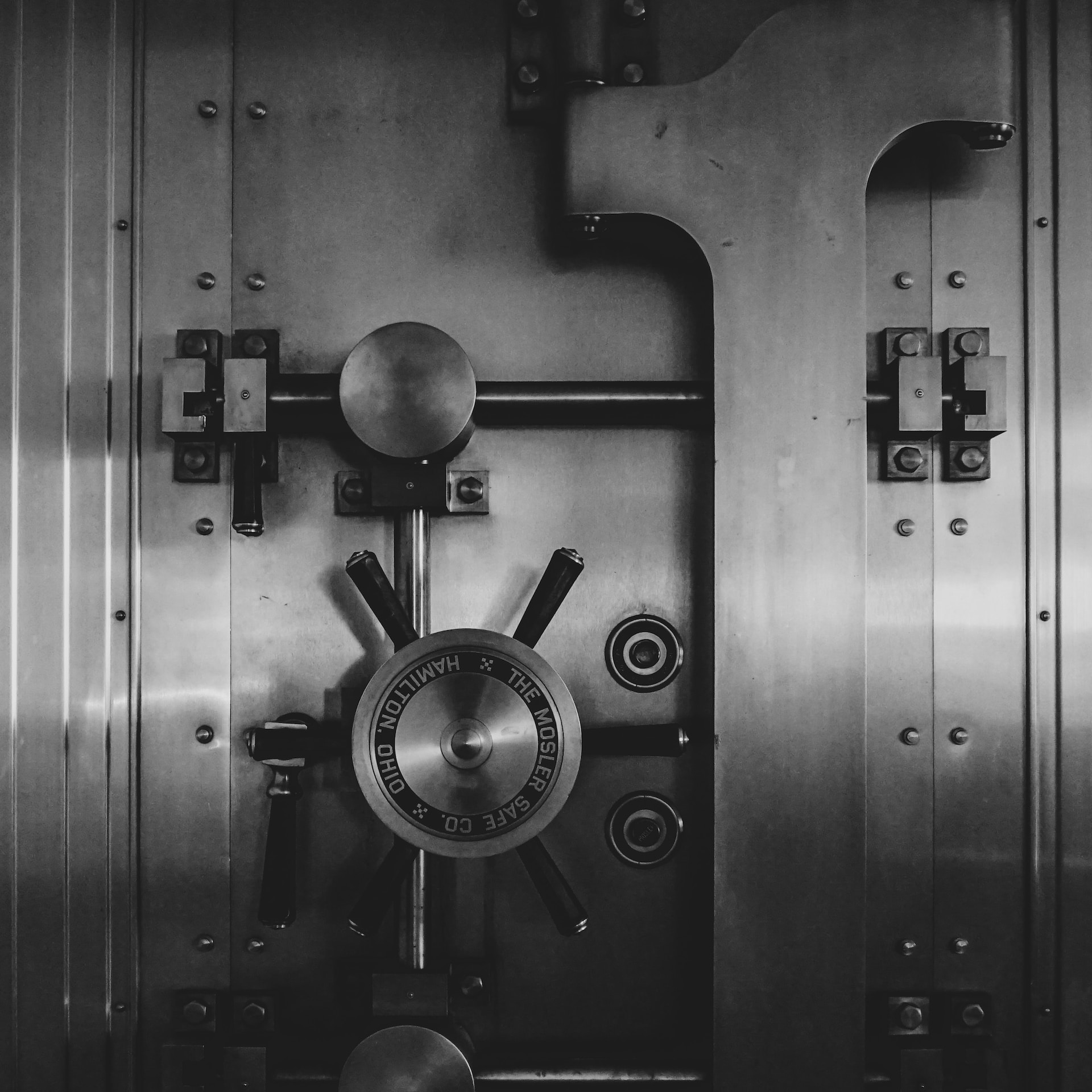When it comes to managing your finances effectively, having a reliable bank account is a fundamental step. Whether you’re considering a checking or savings account, understanding the process of opening an account at a bank or credit union is crucial. This comprehensive guide will walk you through the necessary steps and considerations, ensuring you make informed choices tailored to your financial needs.
Exploring Your Banking Options: Finding the Right Fit
Before delving into the account-opening process, it’s wise to explore different banking institutions and determine which aligns best with your requirements. Seeking recommendations from trusted friends or family members can provide valuable insights. As you research potential banks or credit unions, keep the following factors in mind:
1. Fees and Charges
Understanding the fees associated with your account is paramount. Different banks may have varying fee structures for services such as account maintenance, overdrafts, and ATM usage. Prioritize institutions that offer transparent fee information and competitive rates.
2. Available Services
Modern banking extends beyond traditional transactions. Many institutions offer convenient features like online bill payment, mobile apps, and remote check deposit. Assess your banking habits and opt for an institution that provides services aligned with your preferences.
3. Interest Rates
If you’re considering a savings account, inquire about the interest rates offered by different banks. A higher interest rate can help your savings grow over time, contributing to your financial goals.
Navigating the Bank Account Opening Process
With your preferred bank or credit union in mind, let’s delve into the steps involved in opening an account:
1. Initial Deposit
Most banks and credit unions require an initial deposit to open a checking or savings account. This amount typically ranges from $25 to $100. Keep in mind that this deposit is distinct from the minimum balance requirement.
2. Minimum Balance Requirement
To avoid or minimize fees, ascertain the minimum balance required for your chosen account. Some institutions stipulate a specific amount that must be maintained in the account at all times.
3. Required Documentation
To verify your identity and complete the account setup, you’ll need to provide essential documentation, which may include:
- Name, date of birth, and address
- Identification number (e.g., Social Security number, ITIN, passport number)
- Government-issued identification with a photo (e.g., driver’s license, U.S. passport)
Pro Tip: If you lack a U.S. or state government-issued ID, certain banks and credit unions accept alternative forms of identification, such as foreign passports or Consular IDs.
4. Additional Verification
Certain situations may require additional verification. For instance, you might need your Social Security card, a bill with your name and address, or your birth certificate. If you’re an international resident, inquire about the acceptance of your country’s official identification, like the Matricula Consular.
Matricula Consular: Your Gateway to Banking
For individuals from countries like Mexico, Guatemala, or Argentina, the Matricula Consular serves as an official identification document. These IDs are obtainable through consulates within the United States. If you lack a U.S. or state government-issued ID, consider exploring the Matricula Consular option. Contact your country’s consulate to learn more about the process and verify whether banks and credit unions accept this identification.
Opening a bank or credit union account sets the stage for effective financial management. By understanding the essentials of the process and aligning your choices with your needs, you’re taking a significant step toward securing your financial future. With the right account, you’ll have the tools to navigate your financial journey with confidence.

